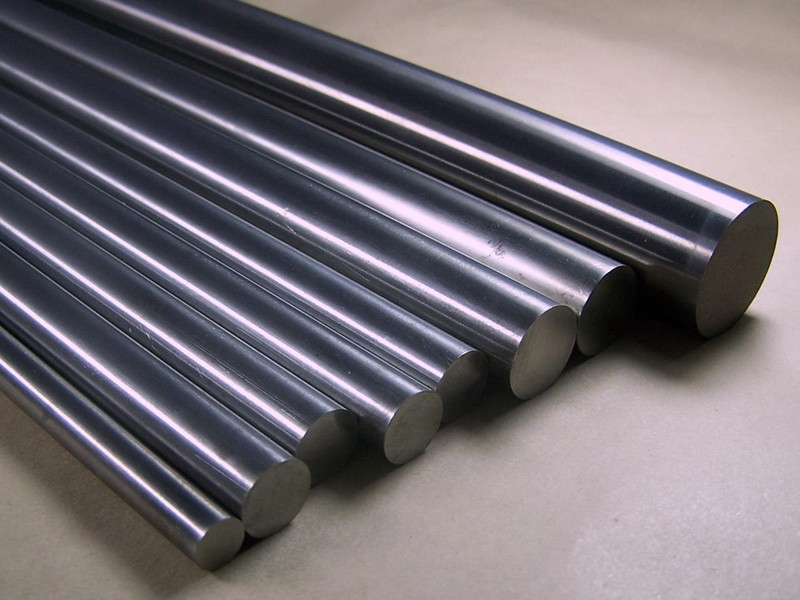Tungsten Alloy is a kind of alloy material with transition metal tungsten (W) as the hard phase and nickel (Ni), iron (Fe), copper (Cu) and other metal elements as the bonding phase. It has excellent thermodynamic, chemical and electrical properties and is widely used in national defense, military, aerospace, aviation, automotive, medical, consumer electronics and other fields. The basic properties of tungsten alloys are mainly introduced below.
1. High density
Density is the mass per unit volume of a substance and a characteristic of a substance. It is only related to the kind of substance and has nothing to do with its mass and volume. The density of tungsten alloy is generally 16.5~19.0g/cm3, which is more than twice the density of steel. Generally, the higher the content of tungsten or the lower the content of bonding metal, the higher the density of tungsten alloy; On the contrary, the density of the alloy is lower. The density of 90W7Ni3Fe is about 17.1g/cm3, that of 93W4Ni3Fe is about 17.60g/cm3, and that of 97W2Ni1Fe is about 18.50g/cm3.
2. High melting point
Melting point refers to the temperature at which a substance changes from solid to liquid under a certain pressure. The melting point of tungsten alloy is relatively high, about 3400 ℃. This means that the alloy material has good heat resistance and is not easy to melt.
3. High hardness
Hardness refers to the ability of materials to resist indentation deformation caused by other hard objects, and is one of the important indicators of material wear resistance. The hardness of tungsten alloy is generally 24~35HRC. Generally, the higher the tungsten content or the lower the bonding metal content, the greater the hardness of tungsten alloy and the better the wear resistance; On the contrary, the smaller the hardness of the alloy, the worse the wear resistance. The hardness of 90W7Ni3Fe is 24-28HRC, that of 93W4Ni3Fe is 26-30HRC, and that of 97W2Ni1Fe is 28-36HRC.
4. Good ductility
Ductility refers to the plastic deformation ability of materials before cracking due to stress. It is the ability of materials to respond to stress and permanently deform. It is affected by factors such as raw material ratio and production technology. Generally, the higher the tungsten content or the lower the bonding metal content, the smaller the elongation of tungsten alloys; On the contrary, the elongation of the alloy increases. The elongation of 90W7Ni3Fe is 18-29%, that of 93W4Ni3Fe is 16-24%, and that of 97W2Ni1Fe is 6-13%.
5. High tensile strength
Tensile strength is the critical value of the transition from uniform plastic deformation to local concentrated plastic deformation of materials, and also the maximum bearing capacity of materials under static tension conditions. It is related to material composition, raw material ratio and other factors. Generally, the tensile strength of tungsten alloys increases with the increase of tungsten content. The tensile strength of 90W7Ni3Fe is 900-1000MPa, and that of 95W3Ni2Fe is 20-1100MPa;
6. Excellent shielding performance
Shielding performance refers to the ability of materials to block radiation. Tungsten alloy has excellent shielding performance due to its high density. The density of tungsten alloy is 60% higher than that of lead (~11.34g/cm3).
In addition, high-density tungsten alloys are non-toxic, environmentally friendly, non radioactive, low thermal expansion coefficient and good conductivity.
Post time: Jan-04-2023


